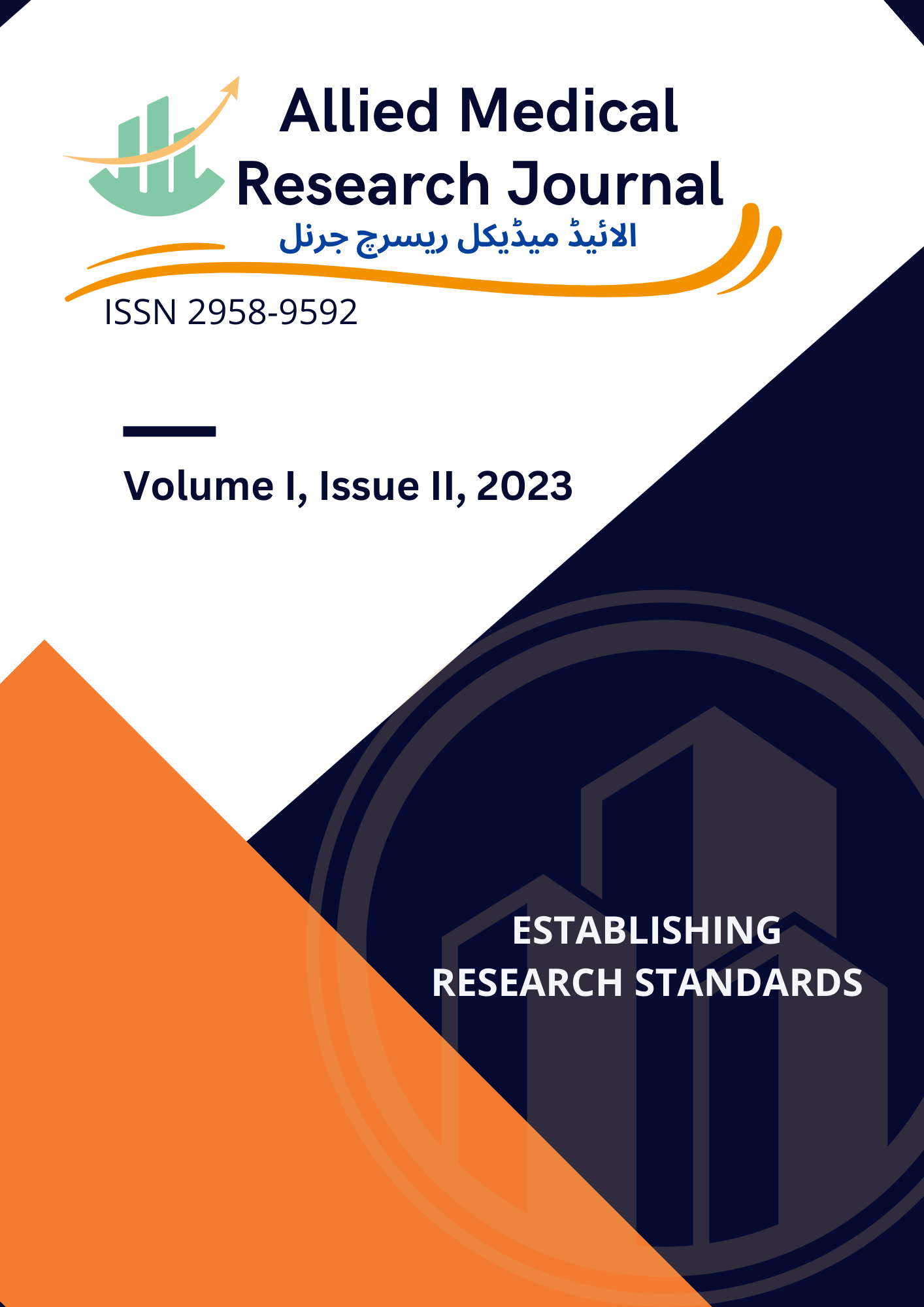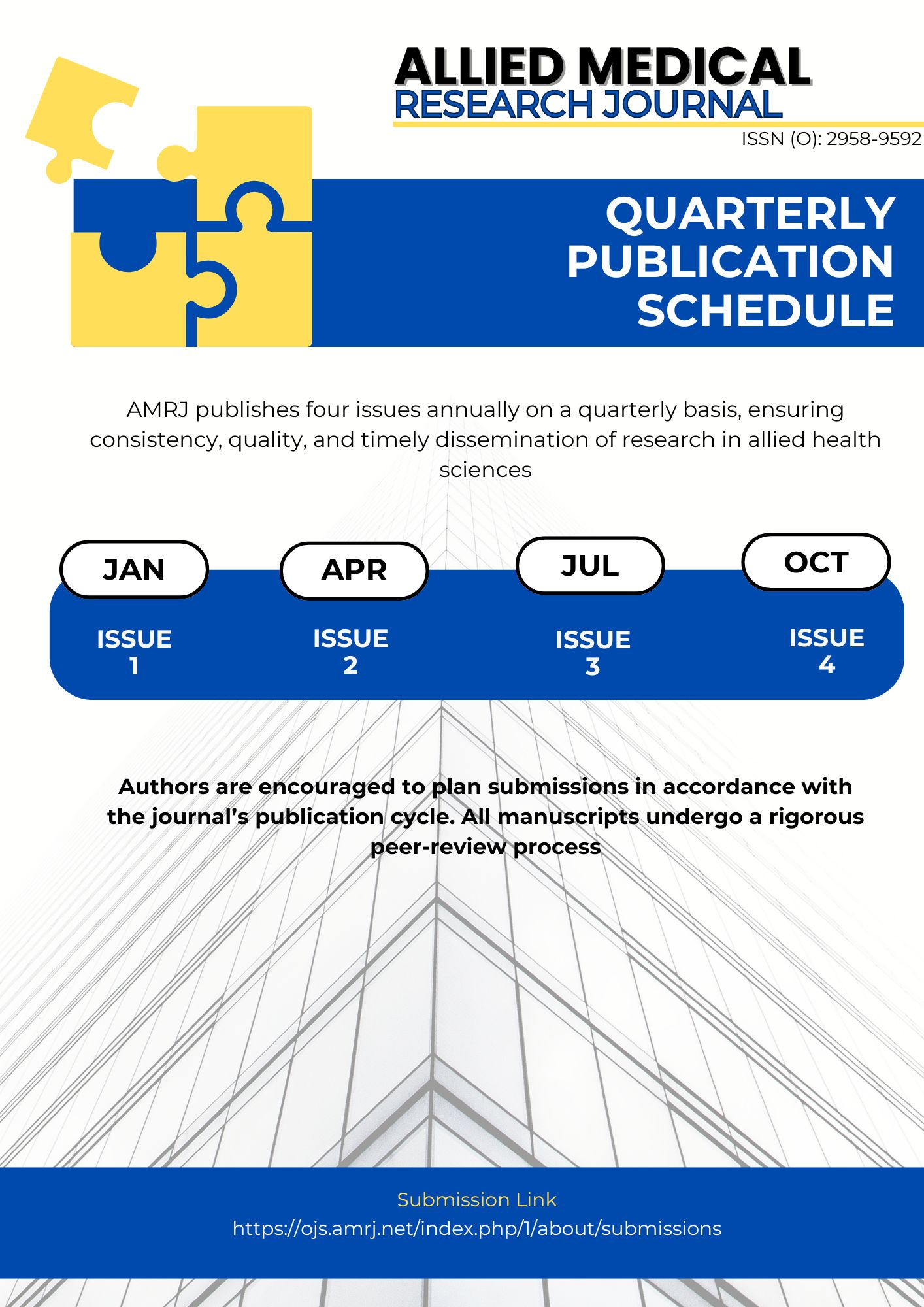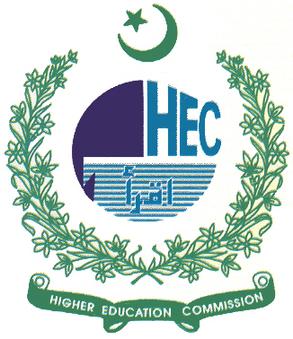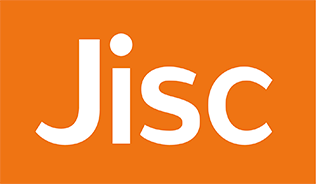Meta-Analysis of Physical Therapy Interventions for Scoliosis and Back Pain: Exploring Spine Solutions
Keywords:
Exercise, Musculoskeletal disorders, Physical Therapists, Rehabilitation, ScoliosisAbstract
Introduction
Scoliosis has been considered a major socioeconomic burden. It has been reported to affect around 0.93% to 12% of patients globally. There are multiple intervention options available to treat the condition. Among them, physical therapy is one of the most widely considered approaches. The growing evidence and adaptation of physiotherapy enhances the necessity for a rigorous meta-analysis.
Methodology
A complete review of various studies was conducted to assess the risk of biasness. The risk was calculated using Cochrane tool rigorously. To explore the solutions using physical therapy, Data were searched on Google Scholar, PEDro, MEDLINE, Cochrane Library, Embase and Web of Science, including an analysis of allocation risk. Studies in which participants were randomized and Blinded were included. Valid outcome measures were considered. Reviewing of data and selective reporting was a pivotal component of the assessment criteria.
Results
Patients were selected from seven RCTs .i.e. n=395 patients were selected. Scoliosis-specific exercises (SSE) showed a significant effect on reducing the Cobbs’ angle as compared to the control group. The effect size was determined to be -1.03 (95% CI, -1.62 to -0.43) through standardized Mean Difference (SMD) as estimated using a random effects model.
Conclusion
Scoliosis-specific exercises were found to be more effective in improving posture and back pain and reducing the Cobb’s angle in patients.
References
Brink RC. Consequences of the Three-Dimensional Pathoanatomy of Adolescent Idiopathic Scoliosis (Doctoral dissertation, Utrecht University).
Sung S, Chae HW, Lee HS, Kim S, Kwon JW, Lee SB, Moon SH, Lee HM, Lee BH. Incidence and surgery rate of idiopathic scoliosis: a nationwide database study. International journal of environmental research and public health. 2021 Aug 1;18(15):8152.
Qiu, Y., Zhu, F., Wang, B., Yu, Y., Zhu, Z.Z., Qian, B.P. and Zhu, L.H., 2009. Clinical etiological classification of scoliosis: report of 1289 cases. Orthopaedic Surgery, 1(1), pp.12-16.
Kelly A, Younus A, Lekgwara P. Adult degenerative scoliosis–A literature review. Interdisciplinary Neurosurgery. 2020 Jun 1;20:100661.
El Hawary R, Zaaroor-Regev D, Floman Y, Lonner BS, Alkhalife YI, Betz RR. Brace treatment in adolescent idiopathic scoliosis: risk factors for failure—a literature review. The spine journal. 2019 Dec 1;19(12):1917-25.
Seleviciene V, Cesnaviciute A, Strukcinskiene B, Marcinowicz L, Strazdiene N, Genowska A. Physiotherapeutic scoliosis-specific exercise methodologies used for conservative treatment of adolescent idiopathic scoliosis, and their effectiveness: An extended literature review of current research and practice. International journal of environmental research and public health. 2022 Jul 28;19(15):9240.
Lang C, Huang Z, Sui W, Di M, He S, Fan H, Deng Y, Yang J. Factors that influence in-brace correction in patients with adolescent idiopathic scoliosis. World Neurosurgery. 2019 Mar 1;123:e597-603.
Thompson RM, Hubbard EW, Jo CH, Virostek D, Karol LA. Brace success is related to curve type in patients with adolescent idiopathic scoliosis. JBJS. 2017 Jun 7;99(11):923-8.
Fan Y, Ren Q, To MK, Cheung JP. Effectiveness of scoliosis-specific exercises for alleviating adolescent idiopathic scoliosis: a systematic review. BMC musculoskeletal disorders. 2020 Dec;21(1):1-3.
Zhou Z, Liu F, Li R, Chen X. The effects of exercise therapy on adolescent idiopathic scoliosis: an overview of systematic reviews and meta-analyses. Complementary Therapies in Medicine. 2021 May 1;58:102697.
Marin L, Kawczyński A, Carnevale Pellino V, Febbi M, Silvestri D, Pedrotti L, Lovecchio N, Vandoni M. Displacement of centre of pressure during rehabilitation exercise in adolescent idiopathic scoliosis patients. Journal of Clinical Medicine. 2021 Jun 27;10(13):2837.
Yuan W, Wang H, Yu K, Shen J, Chen L, Liu Y, Lin Y. Effects of physiotherapeutic scoliosis-specific exercise in patients with mild juvenile scoliosis. BMC Musculoskeletal Disorders. 2022 Oct 15;23(1):918.
Kocaman H, Bek N, Kaya MH, Büyükturan B, Yetiş M, Büyükturan Ö. The effectiveness of two different exercise approaches in adolescent idiopathic scoliosis: A single-blind, randomized-controlled trial. PLoS One. 2021 Apr 15;16(4):e0249492.
Won SH, Oh DW, Shen M. An 18-month follow-up study on the effect of a neuromuscular stabilization technique on Cobb’s angle in adolescent idiopathic scoliosis: A single-blind, age-matched controlled trial. Journal of Back and Musculoskeletal Rehabilitation. 2021 Jan 1;34(1):87-93.
Mohamed RA, Yousef AM. Impact of Schroth three-dimensional vs. proprioceptive neuromuscular facilitation techniques in adolescent idiopathic scoliosis: a randomized controlled study. European Review for Medical & Pharmacological Sciences. 2021 Dec 15;25(24).
Negrini S, Donzelli S, Negrini A, Parzini S, Romano M, Zaina F. Specific exercises reduce the need for bracing in adolescents with idiopathic scoliosis: A practical clinical trial. Annals of physical and rehabilitation medicine. 2019 Mar 1;62(2):69-76.
Yagci G, Yakut Y. Core stabilization exercises versus scoliosis-specific exercises in moderate idiopathic scoliosis treatment. Prosthetics and orthotics international. 2019 Jun;43(3):301-8.
Zapata KA, Sucato DJ, Jo CH. Physical therapy scoliosis-specific exercises may reduce curve progression in mild adolescent idiopathic scoliosis curves. Pediatric Physical Therapy. 2019 Jul 1;31(3):280-5.

Downloads
Published
Issue
Section
License
Copyright (c) 2023 Asma Hameed, Misbah Anis Tabba, Syed Amjad Hussain

This work is licensed under a Creative Commons Attribution-NonCommercial 4.0 International License.








